Steeton and Silsden Railway Station reopened 25 years ago
![]()
Steeton and Silsden Railway Station reopened 25 years ago
By Lindsey Moore
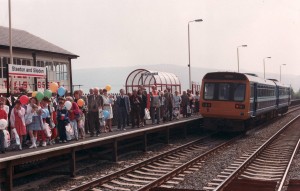
Twenty-five years ago, Steeton and Silsden celebrated the opening of a new station. It had been without direct access to trains for a quarter of a century. Lindsey Moore reports.
The opening ceremony at Steeton and Silsden Railway Station in May 1990
It was all aboard for residents in Steeton and Silsden when their railway station reopened on May 14, 1990.
The two communities had been without a station for 25 years – the old one had been axed as part of the massive Beeching cuts in 1965.
Its reinstatement – on the site of the station off Station Road, Steeton – was widely welcomed.
Former Silsden Parish Council chairman Cllr Eric Waddington said he hoped it would encourage more people to take the train, thus reducing congestion on the roads.
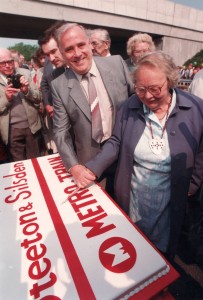 Cllr Bob Sowman with Steeton-with-Eastburn Parish Council chairman Dorothy Harrison
Cllr Bob Sowman with Steeton-with-Eastburn Parish Council chairman Dorothy Harrison
The station was built by British Rail, but the £270,000 bill had been picked up by the West Yorkshire Passenger Transport Authority.
It was painted in Metro’s corporate colours and included “Amstad” shelters, seating and an 80-space car park, which soon proved inadequate as Craven commuters drove to Steeton to take advantage of West Yorkshire’s subsidised fares.
The station was opened on a sunny Monday morning and residents and local primary school children came out in their hundreds, creating a carnival-like atmosphere.
Diesel trains – the new electrified rolling stock was still awaited – whistled through the station, occasionally stopping for bemused travellers to get off at the new facility.
The official opening was carried out by Passenger Transport Authority representative Cllr Bob Sowman.
Local schoolchildren take part in the opening celebrations
He told guests: “It is one of the most pleasant duties of being a member of the PTA and we welcome the opening of this station 25 years after the last one closed.”
He said it was an additional public transport facility and would provide a much-needed link to Airedale Hospital through the new 723 bus service.
“It opens up travel opportunities in the area, not only for journeys to and from work but also for leisure,” he added.
It had been hoped that the last stationmaster, Hugh Little, might be able to attend to the opening, but was unable to do so because of ill-health.
Mr Little, who had worked on the railways all his life, was by then 92 and lived at Currergate Nursing Home, Steeton. However, prior to the station closure, he had lived at Station House, which still exists today as a private dwelling.
Steeton and Silsden Railway Station reopened 25 years ago
Instead, Mr Little was represented by his daughter, Eileen Cowdell, who, along with many others, took a piece of celebration cake to her father.
Another former member of staff, Harry Topper, was among the invited guests. He started as a junior porter at the station in 1934 when he was just 16.
He told the Herald that he liked the new station, but added: “It should never have been closed in the first place. All these stations should never have closed.”
The opening celebrations concluded with 175 pupils from Steeton, Eastburn and Silsden’s Hothfield and Aire View schools boarding a train to Keighley. There, they caught another train – this time, pulled by a steam engine – and went to Ingrow, where they were given a tour of the Keighley and Worth Valley Railway Museum.
The railway first came to Steeton in September 1847 and the original station was enlarged in the early 1890s. There was a footbridge linking the platforms, with a level crossing installed for cars on Station Road.
The footbridge was demolished after the station closed and the level crossing was replaced as part of the Aire Valley Trunk Road project in 1988.
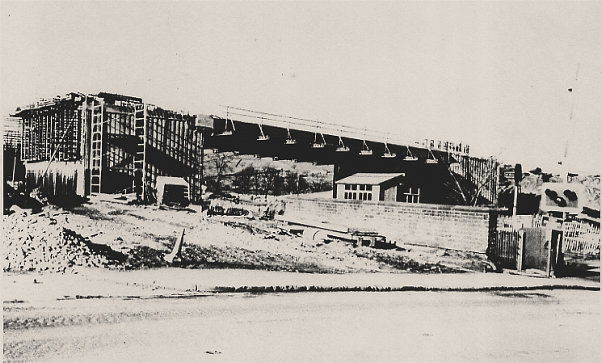
The station was the scene of a train crash in 1943 when the Leeds-Edinburgh express collided with a freight train.
The scene of destruction lay along 200 yards of track on either side of the level crossing. Two wagons were thrown into the garden of the stationmaster’s house. No one was killed, but four people were injured, but not seriously.
The station closed in 1965 – a victim of the massive cuts put forward by Dr Richard Beeching, chairman of the British Transport Commission, to halt the £140 million losses being incurred by British Rail every year.
During the 1960s, “Beeching’s axe” fell on 2,128 stations and more than 67,000 British Rail jobs.
Steeton Station enjoyed a brief resurrection in the late 1970s when it was one of the locations for the film, Yanks, starring Richard Gere and Vanessa Redgrave and directed by John Schlesinger.
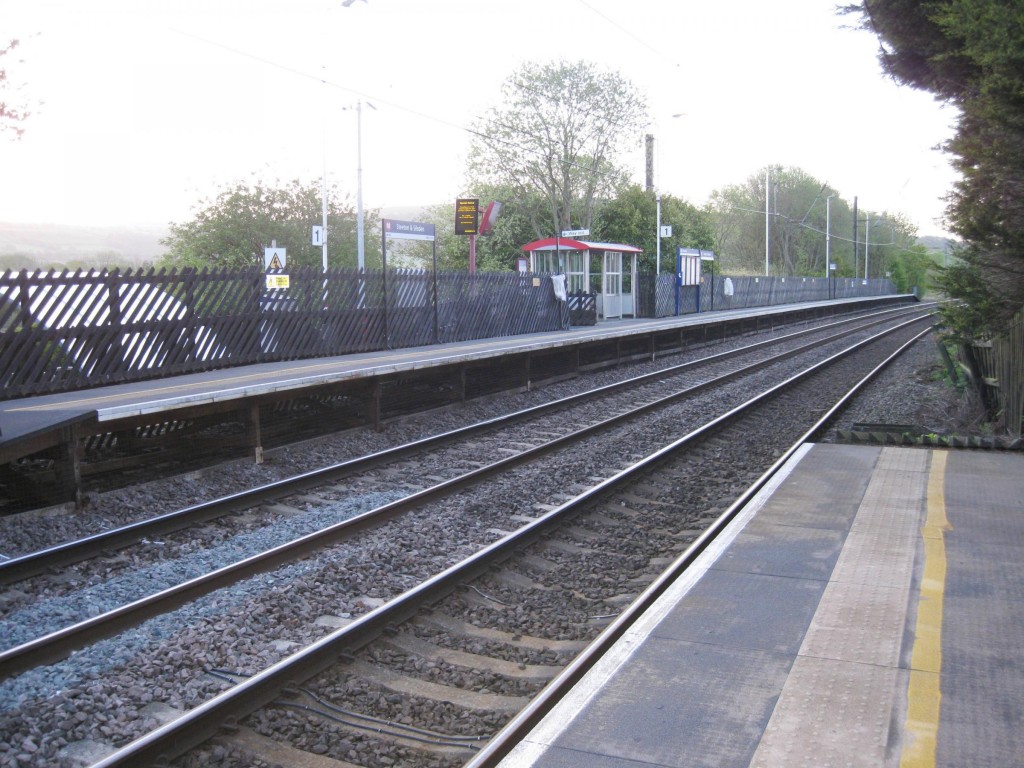
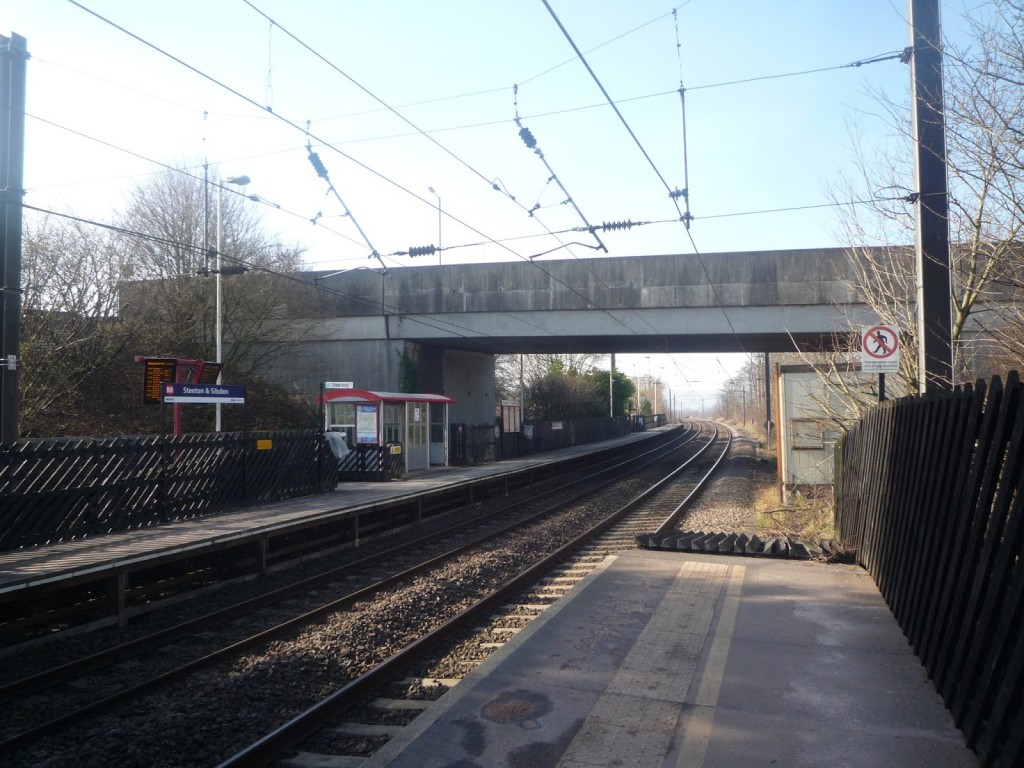


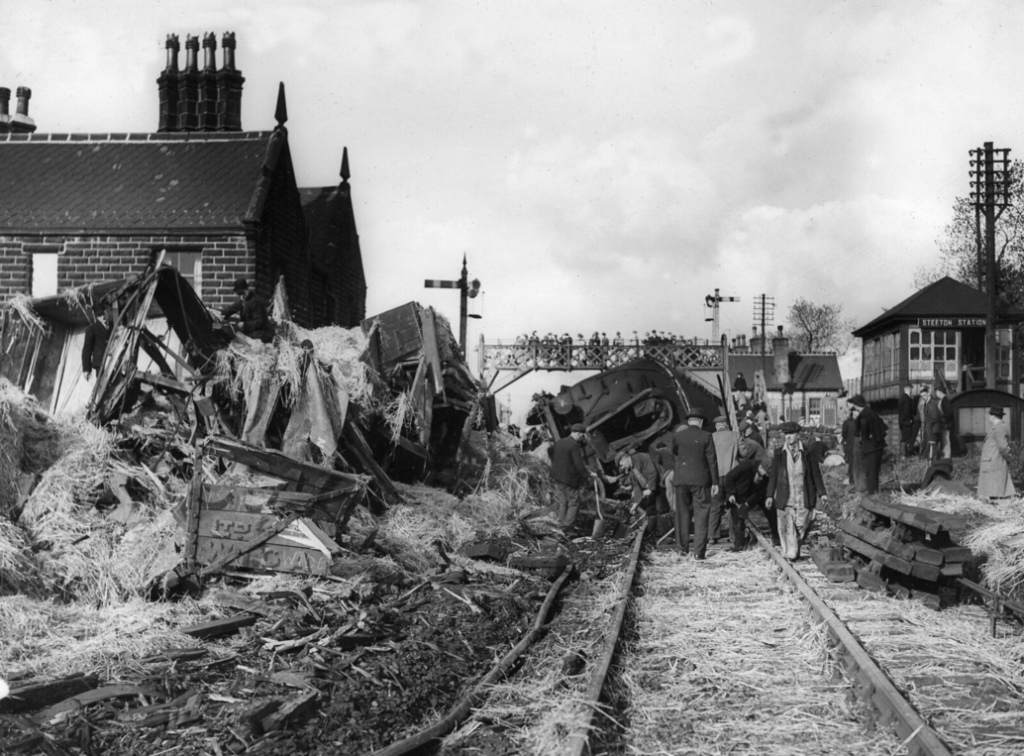
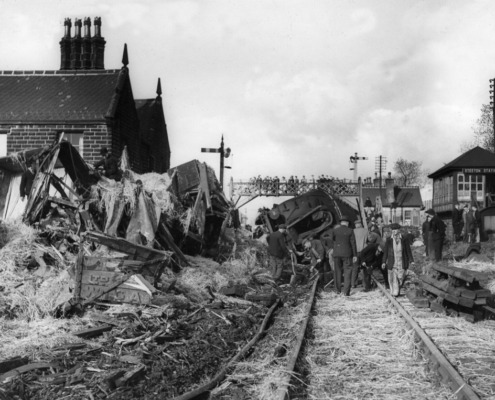
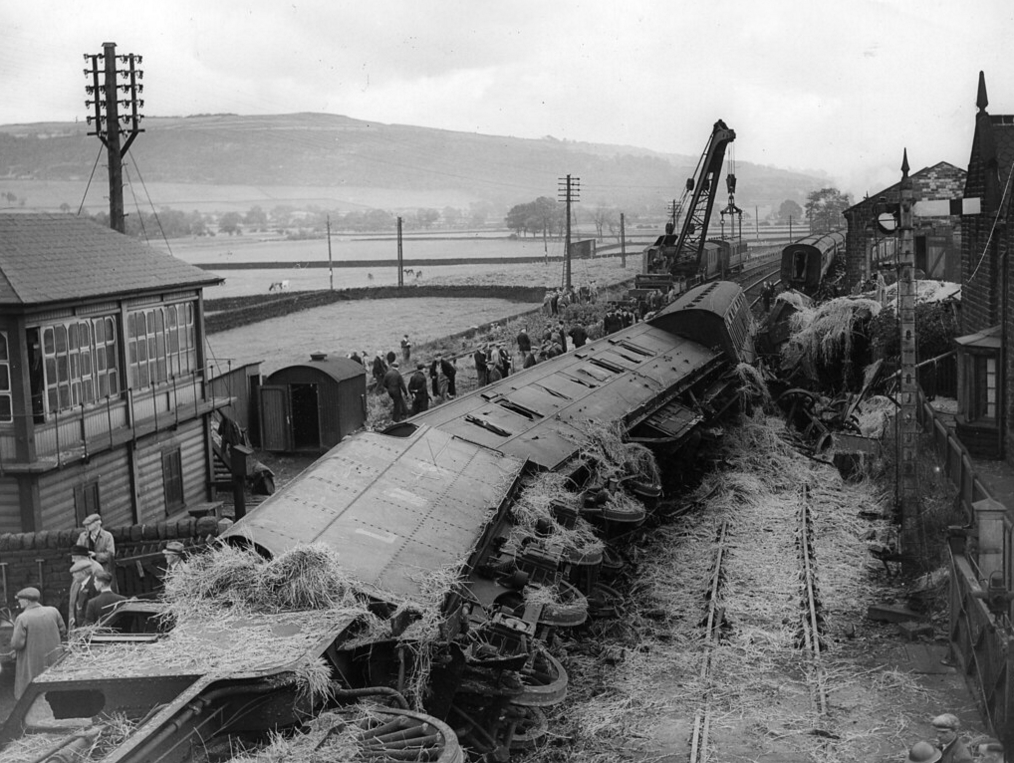
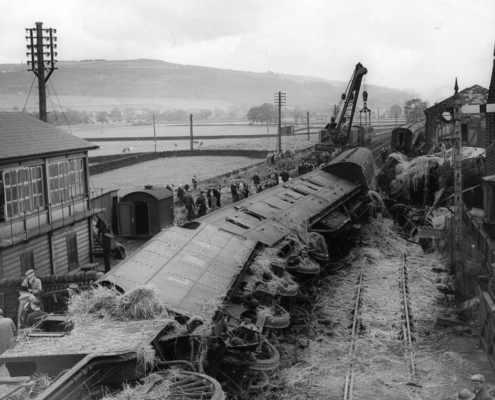
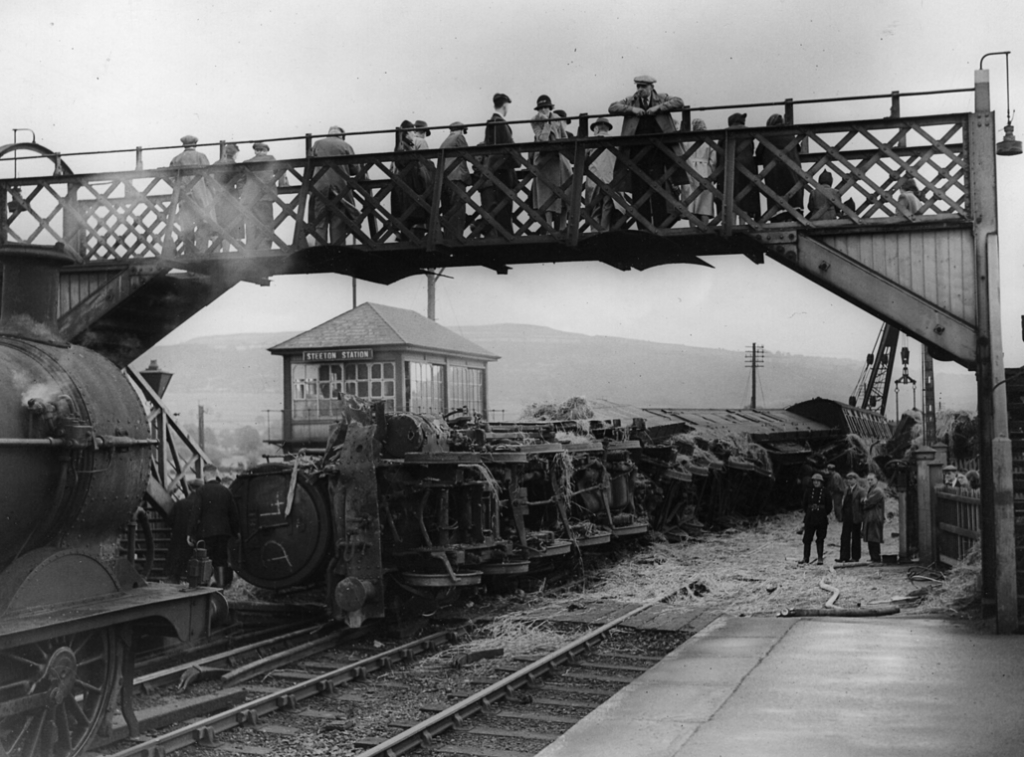
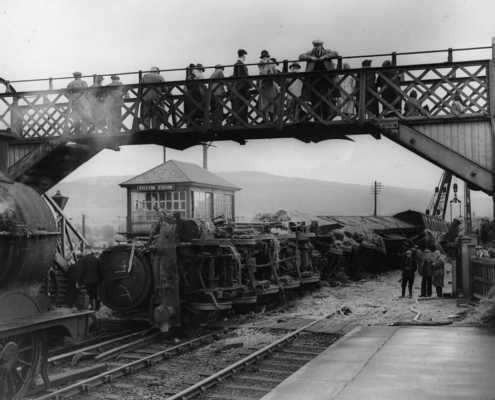
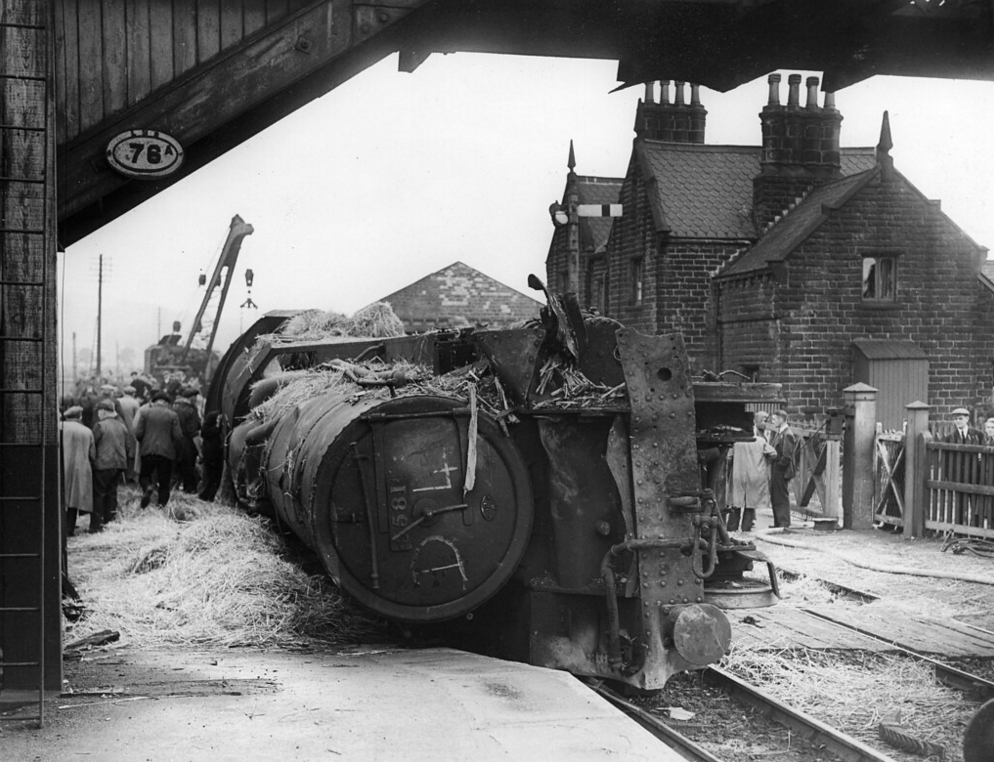
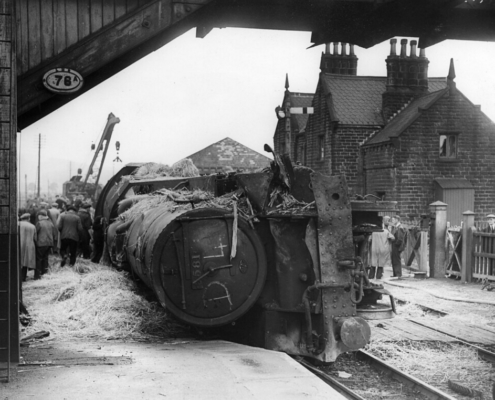






Leave a Reply
Want to join the discussion?Feel free to contribute!